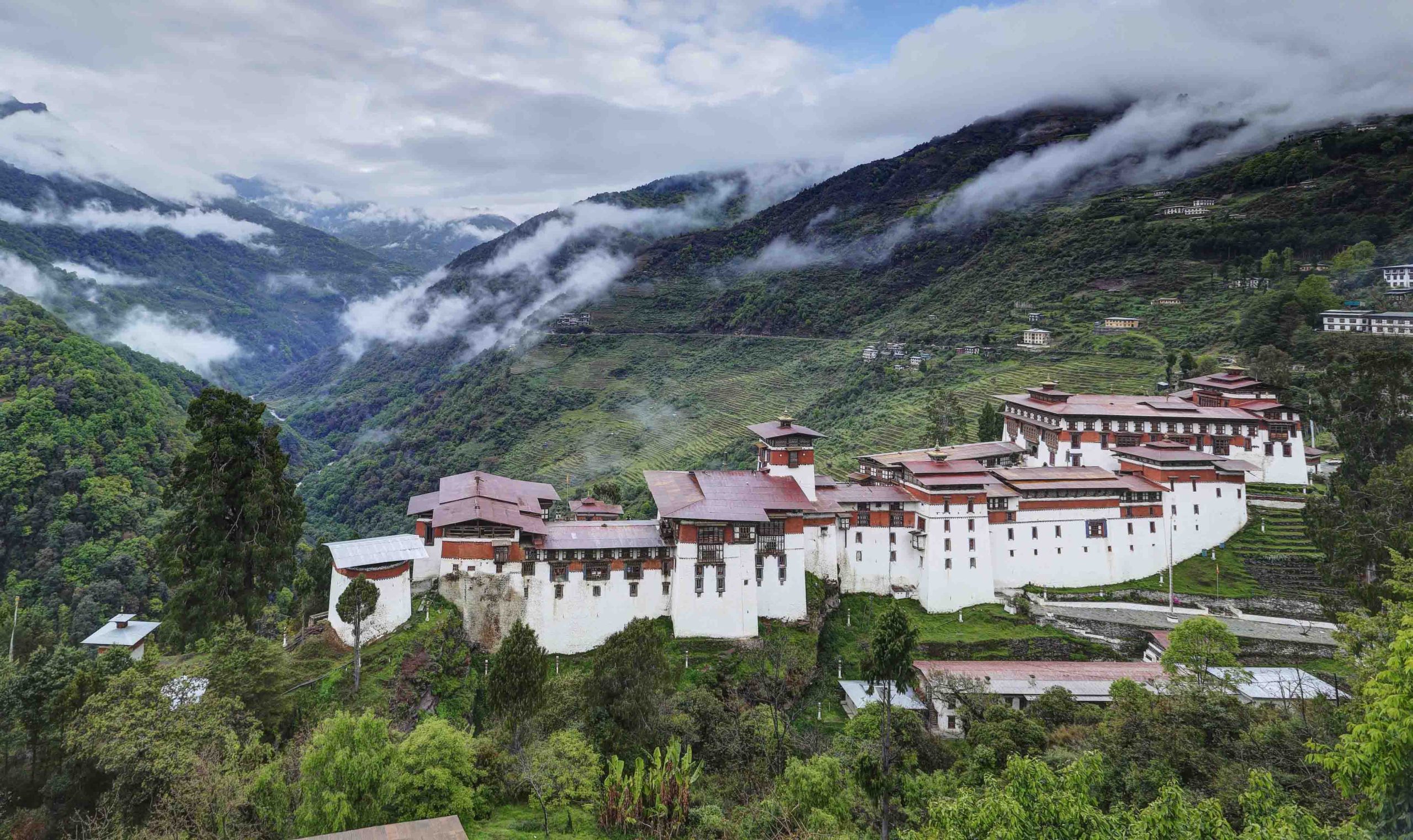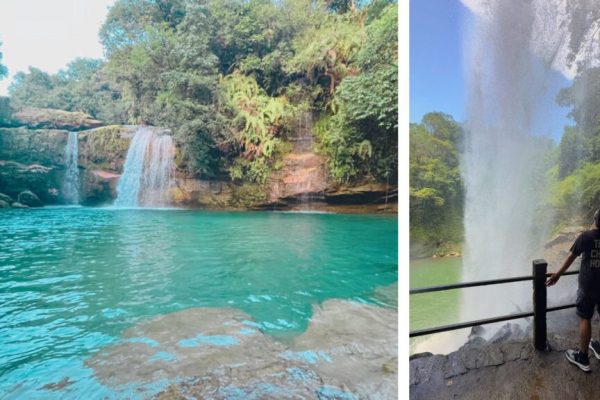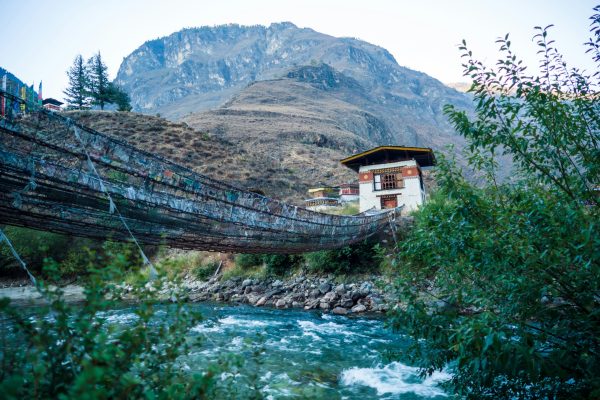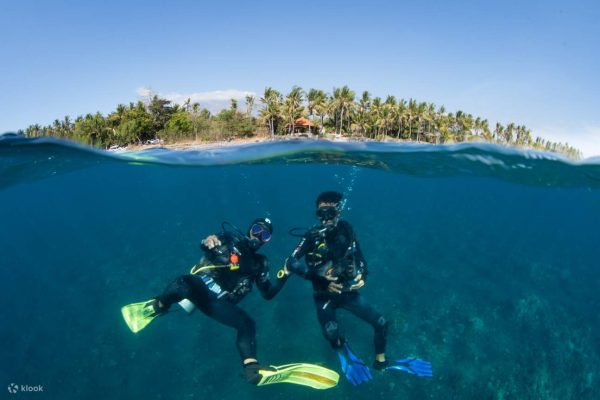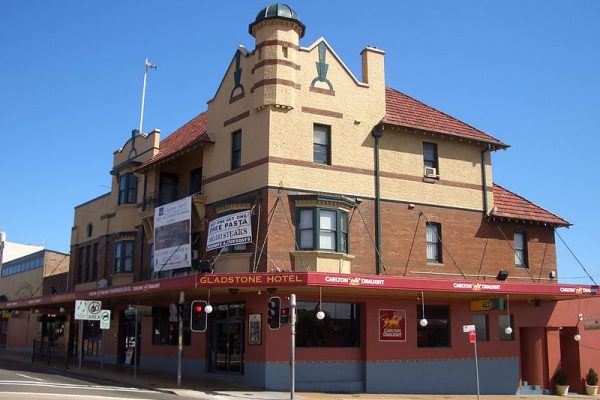Nestled in the heart of Bhutan, Trongsa Valley is more than just a scenic stopover—it’s a living museum of culture, history, and spirituality. With its mist-covered hills, ancient dzongs, and deep-rooted traditions, Trongsa offers a travel experience like no other. For curious travelers and spiritual seekers alike, this valley is a treasure trove waiting to be explored.
But when planning your trip, timing is everything. The Best Time to Visit Trongsa Valley is from October to December, when the skies are clear, the air is crisp, and the landscapes are at their most picturesque. Spring (March to May) is another beautiful season, especially for nature lovers, as the valley bursts into color with blooming rhododendrons.
Unfolding the Past: A Look into the History of Trongsa
Understanding Trongsa requires stepping back into the pages of Bhutan’s history. The History of Trongsa is deeply intertwined with the country’s monarchy and spiritual evolution. Trongsa Dzong, one of the most majestic fortresses in Bhutan, played a pivotal role in unifying the nation during the 17th century.
It was built in 1644 by Chhogyel Minjur Tempa, the then ruler of Trongsa, under the guidance of Zhabdrung Ngawang Namgyal, the founder of Bhutan. Interestingly, every Bhutanese king has served as the Penlop (governor) of Trongsa before ascending to the throne, making this valley not just a geographical center but a symbolic heart of governance.
Top Attractions to Explore in Trongsa
1. Trongsa Dzong: The Fortress of Significance
This is not just a fort—it’s a storybook made of stone. Sprawling across multiple levels, Trongsa Dzong offers panoramic views of the surrounding valley and deep gorges. Its intricate architecture, narrow alleyways, and quiet courtyards are a testament to Bhutanese craftsmanship and spiritual dedication.
2. Ta Dzong: The Watchtower Museum
Perched above the Trongsa Dzong, this ancient watchtower now houses the Royal Heritage Museum. It gives visitors a deep dive into Bhutanese history, showcasing royal artifacts, ancient weapons, and religious relics. Don’t miss the sacred statue of King Gesar of Ling, believed to bring protection and prosperity.
3. Kuenga Rabten Palace
This was once the winter residence of Bhutan’s second king, Jigme Wangchuck. Located just a 20-kilometer drive from Trongsa town, the palace is a calm retreat that reflects the grace and elegance of traditional Bhutanese royal life.
The Spiritual Side of Trongsa
Trongsa isn’t just a place of royalty; it’s also a land of deep spiritual resonance.
1. Bumthang Chhume Valley (Near Trongsa)
While technically part of Bumthang, Chhume Valley is easily accessible from Trongsa and home to many ancient temples like Tharpaling Monastery. This sacred place is linked with Guru Rinpoche, the spiritual master who brought Buddhism to Bhutan.
2. Nubi Gewog Temples
Villages around Trongsa hide lesser-known but spiritually powerful temples, often visited by locals for blessings, meditation, and festivals.
Trongsa Tshechu: The Festival of Joy and Colors
One of the best times to explore the spiritual and cultural side of Trongsa is during the Trongsa Tshechu. Held every December, this colorful Buddhist festival features masked dances, traditional music, and religious rituals. Locals and tourists gather in their finest attire to pay respect and enjoy the festive ambiance.
This is also a photographer’s paradise and a great way to see Bhutanese culture at its most vibrant.
Adventure & Nature Trails
1. Bird Watching in Tingtibi
For bird enthusiasts, Tingtibi near Trongsa is a hidden paradise. It’s home to species like the Rufous-necked Hornbill and Satyr Tragopan. Bhutan has over 700 bird species, and this region is one of the best spots to see rare ones.
2. Hiking the Yulingla Pass
Take a hike up to Yulingla Pass and get rewarded with sweeping views of Trongsa Valley. On clear days, you might even catch a glimpse of the Black Mountains.
Local Life and Traditions
Trongsa is home to some of the most hospitable people in Bhutan. Villagers still engage in age-old practices like hand weaving, traditional farming, and butter churning. Visiting these villages is like stepping into a living documentary.
You can also take part in homestay programs, offering a rare opportunity to experience Bhutanese daily life. Sharing a meal with a local family and sleeping in traditional wooden homes is an experience you’ll never forget.
Getting to Trongsa
While Trongsa doesn’t have an airport, it’s well-connected by road from major cities:
-
From Thimphu: Approx. 7-8 hours via Wangdue and Pele La Pass.
-
From Bumthang: Only 2-3 hours, offering one of the most scenic drives in Bhutan.
The winding roads may test your patience, but the journey is part of the adventure. Be sure to stop for photos, as the landscapes are absolutely postcard-perfect.
Accommodation in Trongsa
You’ll find a mix of hotels, guesthouses, and homestays. While options are fewer than in Thimphu or Paro, the hospitality is second to none.
-
Yangkhil Resort – Mid-range, with fantastic views.
-
Norling Hotel – Budget-friendly and centrally located.
-
Homestays – For authentic Bhutanese living.
Cuisine to Try in Trongsa
Food in Trongsa is simple yet flavorful. Don’t miss:
-
Ema Datshi – Bhutan’s national dish (chili and cheese)
-
Red Rice – Nutty and healthier than white rice
-
Suja (Butter Tea) – Salty and comforting, especially on chilly mornings
Local restaurants and homes often use organic ingredients, giving the food a fresh, earthy flavor.
Sustainable Travel Tips for Trongsa
-
Carry reusable water bottles to reduce plastic.
-
Respect local customs and dress modestly at religious sites.
-
Hire local guides to support the community.
-
Travel slowly – Bhutan’s magic unfolds when you’re not in a rush.
Quick Facts about Trongsa
| Category | Details |
|---|---|
| Elevation | 2,200 meters above sea level |
| Population | Approx. 3,000 |
| Language Spoken | Dzongkha |
| Closest Airport | Bumthang Domestic Airport |
| Famous For | Dzongs, festivals, cultural heritage |
| Ideal Duration to Visit | 2 to 3 days |
FAQs About Trongsa
Q1: Is Trongsa worth visiting?
Absolutely! It is one of Bhutan’s most culturally rich and historically significant destinations.
Q2: How far is Trongsa from Thimphu?
It takes around 7 to 8 hours by car, depending on road conditions.
Q3: What’s the main attraction in Trongsa?
The majestic Trongsa Dzong and the Royal Heritage Museum are must-visits.
Q4: Can I visit Trongsa on a budget?
Yes, with homestays and budget hotels available, it’s very doable.
Q5: Is there internet in Trongsa?
Most hotels offer basic Wi-Fi, but remote areas may have limited connectivity.
Conclusion
Trongsa isn’t just a stop between Bhutan’s popular cities—it’s a destination in its own right. With its rich royal heritage, spiritual landmarks, and breathtaking views, it offers a rare blend of history and nature. Whether you’re hiking through lush trails, admiring ancient fortresses, or soaking in the tranquility of local life, Trongsa will capture your heart.
So pack your bags, plan your visit around the Best Time to Visit Trongsa Valley, and uncover the secrets of a land where history still lives in every stone and smile. After all, once you understand the History of Trongsa, you’ll see Bhutan in a whole new light.

